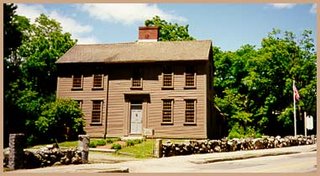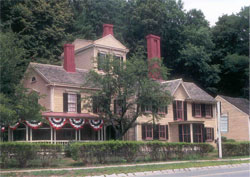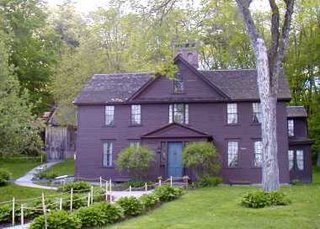In Motion: The African American Migration Experience
The National Heritage Museum has an interesting temporary exhibit detailing migration patterns of African Americans. The first room is very sobering with reward notices for runaway slaves and also notices of slaves for sale. In other rooms the great migration of African Americans from the South to the North from 1900-1930 was shown in photographs. Most of the exhibit consists of photos. Another section was devoted to the Haitian immigration and recent immigrants from Sub Saharan Africa. Finally the recent reverse migration from the North back to the South is shown. Statistics of African Americans migrating are in evidence throughout the exhibit space. The information presented is limited, but it is such a vast subject. A mostly positive spin on contemporary African American experiences is clear.
The Museum is operated by the Scottish Rite Free Masons and is always free. It is located in Lexington on a large plot of property that is also a headquarters for the masons. The gift store has books about masonry and the library and archives are open to the public and researchers. I had imagined that they were extremely secretive, but I was given a very cordial welcome and invited to search the online catalog. They had a nice exhibit of old books about masonry and maps of the United States. I need to return to Lexington soon and see the rest of the museum. Many years ago they had a wonderful exhibit about the Buffalo Soldiers.



